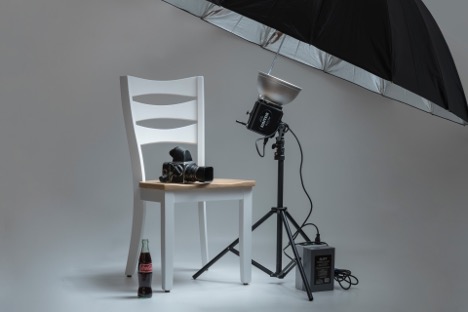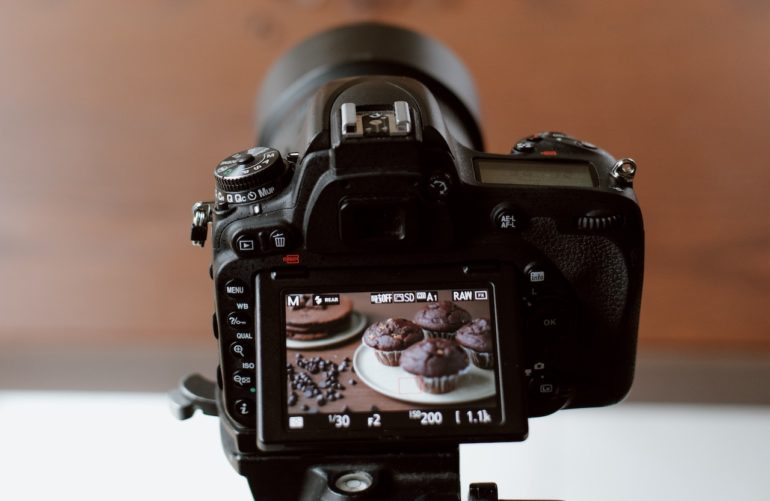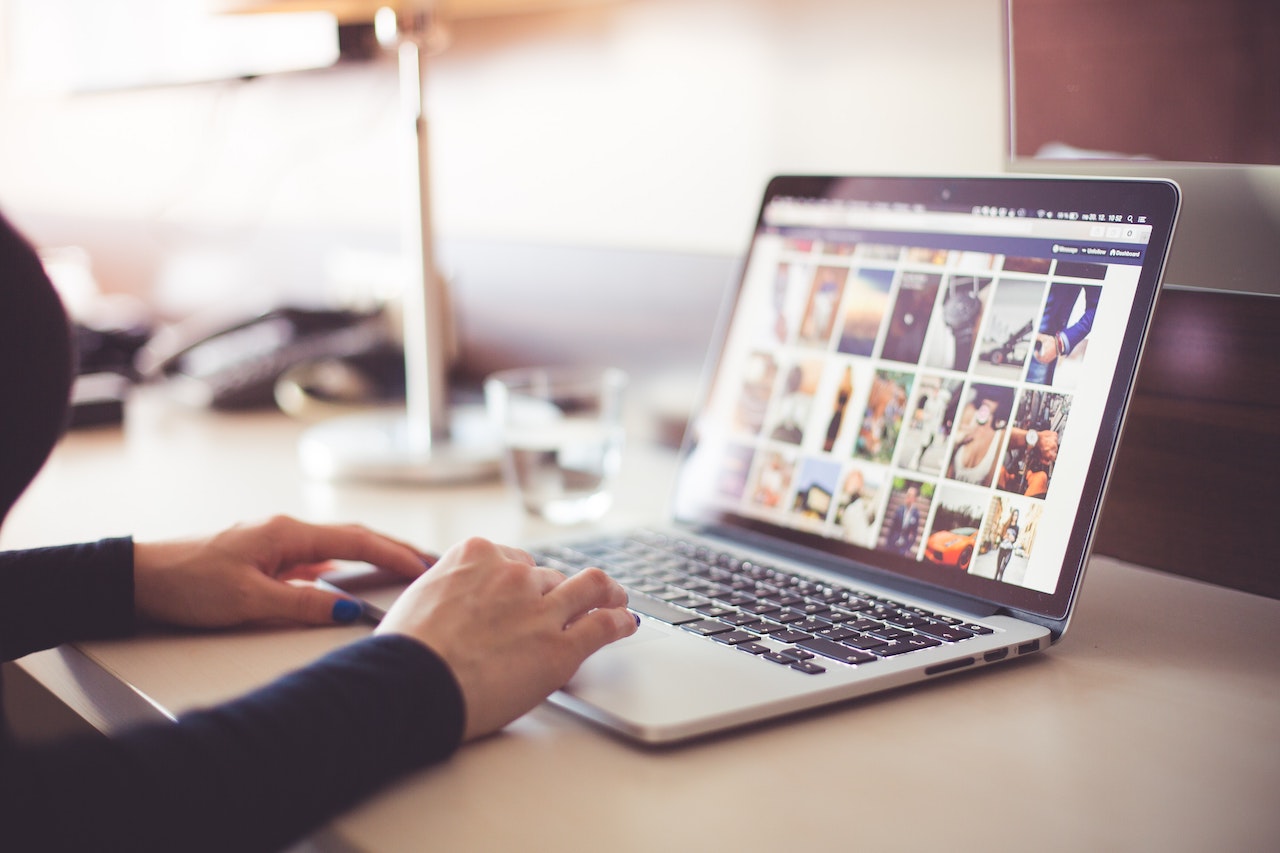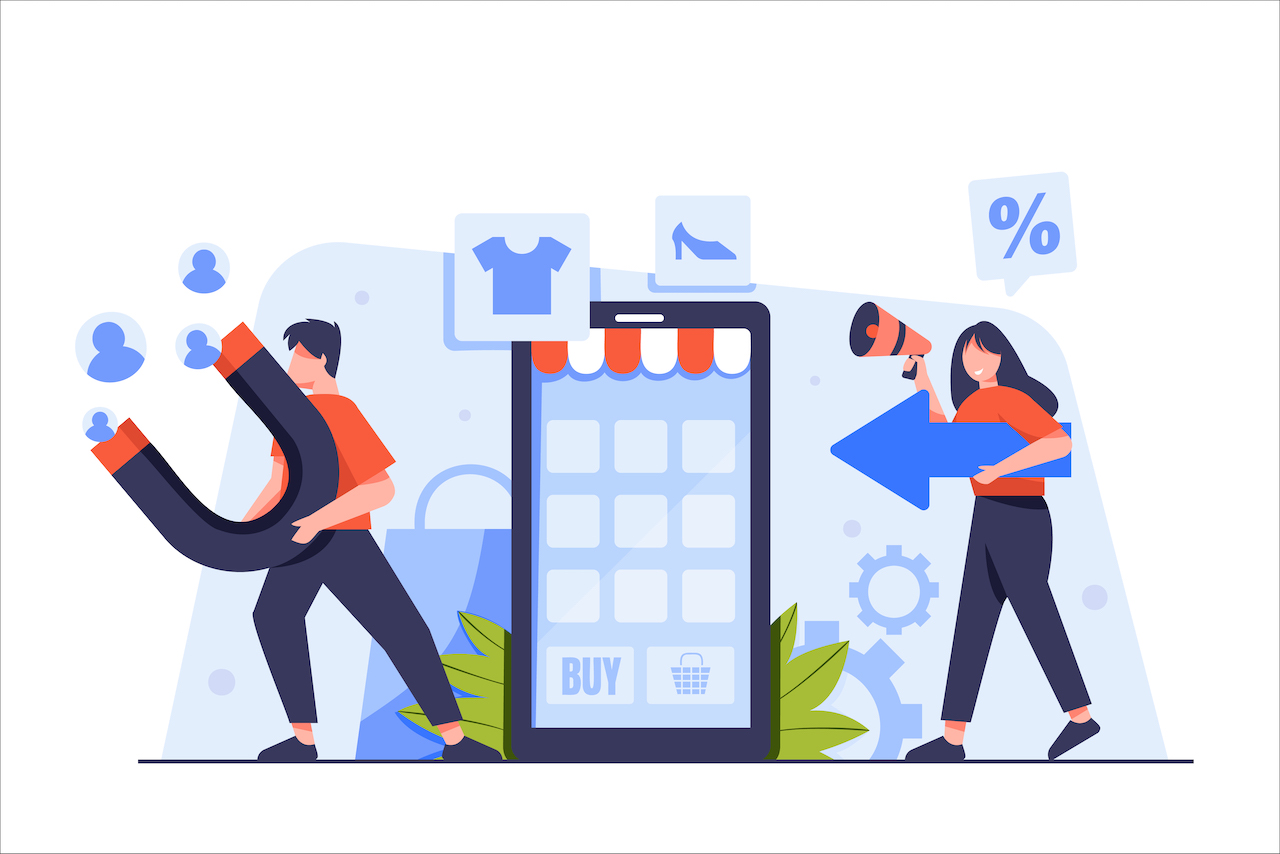Anybody can shop online comfortably at home. The issue? Shoppers can’t get an actual feel of the product. That’s one of the advantages of brick-and-mortar stores.
The only thing between physical products and online shoppers is the photos. It’s essential that they make a good and lasting first impression if you want to boost conversions.
But how exactly do they do this?
How Can Good Product Photos Increase Conversions?
A study shows 93% of customers consider visual appearance the main factor when buying a product. Etsy also had a study suggesting 90% of their shoppers consider image quality as the decision maker when purchasing online.
Here are some of the primary reasons why good product photos can boost your conversions:
It can be a form of Customer Support
Customers are likely to do their research before purchasing a product. Providing descriptive product photos can help your customers streamline the research process.
Your customers won’t have to ask questions like “how do I assemble this?” or “what’s the actual size of the product?”. At least 30% of online products are returned because of issues like this.
Improves Customer Retention
Quality product photos are excellent at increasing retention. A simple 5% boost in retention can increase sales by up to 25%.
Customers may make better buying judgments with clear product photos. They also boost brand awareness and product loyalty.
Product Photos Guide Customers
Photography best practices tell us to use leading lines to guide viewers to our photos’ subject. We can also do this by using colors, contrasts, and more.
The same concept applies to product photos. Our eyes follow a composition. We search for information and focus on highlighted qualities and ignore the unimportant.
If you think the background of your photo is too noisy, you can quickly replace it using AI-powered tools like Pixelcut’s free background remover.
Product Photo Best Practices To Increase Conversions

Shopify conducted a study suggesting high-quality product photos can increase conversion rates by up to 30%. So without further ado, here are the best practices to help your eCommerce store increase conversions.
1. Take Shots From Multiple Angles (Offer 360 View)
Customers can’t get hands-on with your products. You need to provide as much realism as you can. This means getting multiple angles or offering a 360-degree view.
According to a study, a 360-degree image can have a 30% higher conversion rate than those without.
Multiple product photographs from different angles help customers be more confident about their purchasing decision.
Software like Autopano lets you snap many shots from different perspectives. It then utilizes algorithms to stitch them together to create a 360-degree photo. But there are other alternatives.
2. Add Context To Products
Context is important to photos. It gives your customers contrast, scale, and the opportunity to see a product in a real-life setting.
Think about how your customers might use your products. For example, if you’re selling earrings, get somebody to model them for you. You can even layer products together.
Using the same earrings as an example, the model can also wear clothes from your collection. If a customer likes how the earrings to pair with your model’s cute dress, they might buy both.
3. Use Color Theory To Portray Emotion
Colors can be used to play into our psychology. Certain colors elicit certain emotions. Contrasting colors can help customers’ eyes focus on a subject. Here are some examples:
- Blue is a color associated with trust color
- Red creates excitement and encourages customers to buy.
- Gold and black are linked with luxury and exclusivity.
- Contrasting colors can also help shoppers notice and recall certain product features.
4. Use Human Models
Studies suggest that adding human photos can add a sense of trust in eCommerce. Another study from University College London said human photos in eCommerce boost trust.
If you want to apply this concept to your product photos, try out lifestyle shoots, hero shots, and other examples where you can use a model.
For example, if your product is clothing, you can use models of different sizes or body types. Customers can have a context of the fit and how it would look.
Human models can also display the product in different locations or surroundings to help buyers visualize its use.
5. Study Eye Tracking
Sometimes, our product photos don’t focus our customers’ attention on the actual products. An incredible article from Insider highlights customer attention in product photos.
A great example from the article is an ad from Sunsilk. They used a pretty woman as a model for their shampoo.
But adding her wasn’t enough. Surprisingly, what mattered most was where she was looking. During the A/B testing, the eye tracker showed an increased focus on the product when the model’s eyes were on it.
Source: Insider
6. Add Scale To Product Photos
Scaling product photographs has several benefits. It helps shoppers visualize product size, especially online. Customers can imagine how huge or bulky things would fit in their area.
They also better grasp product dimensions by comparing them to familiar items like people, books, and coins.
7. Consider Product Videos
Sure, product videos aren’t “photos,” but it’s something brands should consider. According to a study, 81% of businesses integrate videos into marketing.
Another study suggested that customers are more likely to buy products after watching a video featuring them. Size, weight, durability, features, and use cases are details that can’t be seen in a static image. But a video surely can.
Key Takeaways
If you want to say goodbye to boring old stock photos, it might be time to invest in quality product photos that can help you convert.
But before spending time and resources on your next photo shoot, consider the following:
- Descriptive product photos can be a form of customer support. It can help answer common questions about a product, show it at scale, and more.
- You can use traditional photography best practices such as leading lines or having models look at the product to guide your customer into focusing on it.
- Still, images can be used to highlight a product’s features or make it stand out. But a 360-degree view helps customers look at the product from all angles.
- Color can elicit certain emotions. Contrast can help make products stand out. Consider using color theory when shooting product photos.
- Using videos helps provide context to your customers. It adds a layer of information that can ease their doubts about the product.







